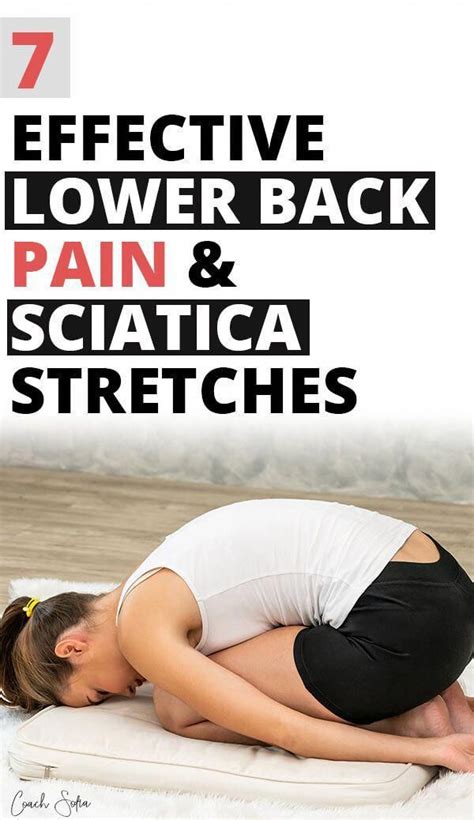Understanding Lower Back Pain from Sitting
Prolonged sitting is a modern-day epidemic that often leads to a host of musculoskeletal issues, with lower back pain being one of the most common complaints. When you sit for extended periods, your hip flexors shorten, your gluteal muscles become inactive, and your core muscles can weaken, all of which contribute to an imbalance that puts undue stress on your lower spine.
This discomfort can range from a dull ache to sharp pain, making daily activities challenging. Fortunately, incorporating targeted stretches into your routine can significantly alleviate this pain by restoring muscle balance, improving flexibility, and increasing blood flow to the affected areas.
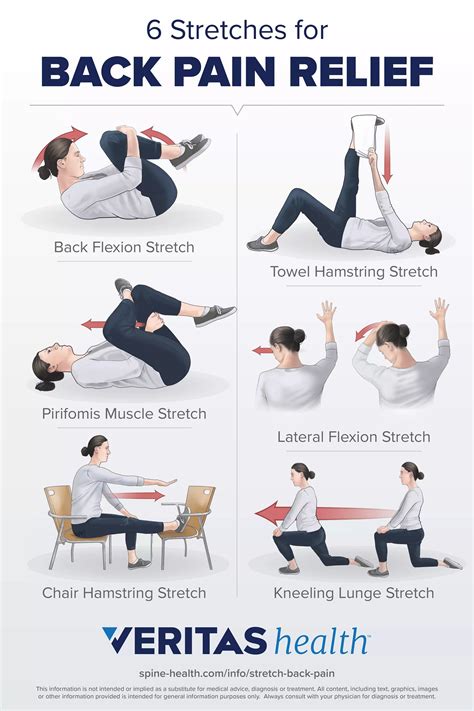
Key Stretches for Immediate Relief
Here are some of the most effective stretches to target lower back pain after sitting. Remember to perform each stretch slowly and gently, breathing deeply, and never pushing into pain.
1. Knee-to-Chest Stretch
- How to: Lie on your back with your knees bent and feet flat on the floor. Bring one knee towards your chest, grasping it with both hands. Gently pull your knee closer to your chest until you feel a comfortable stretch in your lower back and glute. Hold for 20-30 seconds. Repeat on the other side. For a double knee-to-chest stretch, bring both knees to your chest simultaneously.
- Benefits: Elongates the lower back, releases tension in the glutes and hamstrings.
2. Cat-Cow Stretch
- How to: Start on your hands and knees, with your wrists directly under your shoulders and knees under your hips. Inhale as you drop your belly towards the floor, lifting your chest and tailbone towards the ceiling (Cow position). Exhale as you round your spine towards the ceiling, tucking your chin to your chest and engaging your core (Cat position). Flow between these two positions for 10-15 repetitions.
- Benefits: Mobilizes the spine, strengthens the core, and improves flexibility.
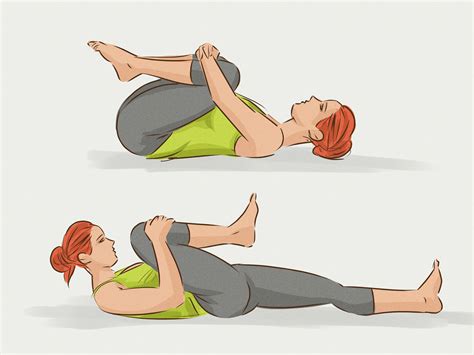
3. Pelvic Tilts
- How to: Lie on your back with your knees bent and feet flat on the floor, hip-width apart. Flatten your lower back against the floor by gently tightening your abdominal muscles and tilting your pelvis upwards. You should feel your tailbone lift slightly off the floor. Hold for 5-10 seconds, then release. Repeat 10-15 times.
- Benefits: Strengthens abdominal muscles, gently mobilizes the lower spine, and can help alleviate stiffness.
4. Piriformis Stretch (Figure-Four Stretch)
- How to: Lie on your back with your knees bent and feet flat. Cross your right ankle over your left knee, creating a figure-four shape. Gently pull your left thigh towards your chest, either by grasping the back of your left thigh or by pressing your right knee away from your body. You should feel a stretch in your right glute and hip. Hold for 20-30 seconds. Repeat on the other side.
- Benefits: Targets the piriformis muscle, which can contribute to lower back and sciatica-like pain when tight.
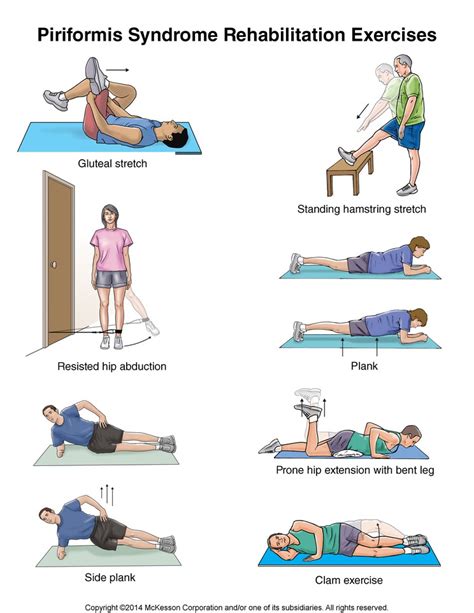
5. Child’s Pose
- How to: Start on your hands and knees. Separate your knees wide (or keep them together), then push your hips back towards your heels, extending your arms forward or resting them alongside your body. Lower your forehead to the mat. Feel the gentle stretch along your spine and hips. Hold for 30 seconds to a minute, breathing deeply.
- Benefits: A restorative pose that gently stretches the lower back, hips, and thighs, promoting relaxation.
Prevention and Long-Term Solutions
While stretches offer immediate relief, adopting healthier habits can prevent lower back pain from returning.
Take Regular Breaks
- Stand up, walk around, or do a quick stretch every 30-60 minutes. Even a minute or two of movement can make a big difference.
Optimize Your Ergonomics
- Ensure your chair provides good lumbar support. Your feet should be flat on the floor (or a footrest), and your monitor at eye level.
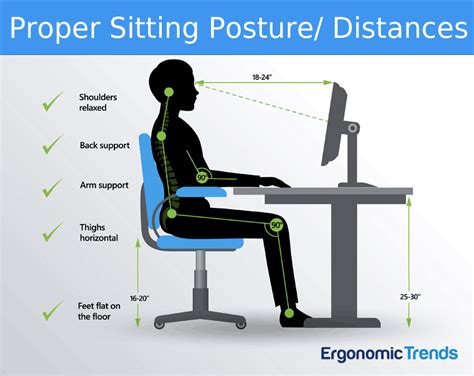
Strengthen Your Core
- A strong core (abdominal and back muscles) provides better support for your spine. Incorporate exercises like planks, bird-dogs, and glute bridges into your routine.
Stay Hydrated
- Water is crucial for maintaining the flexibility and cushioning of the discs in your spine.
Consider a Standing Desk
- Alternating between sitting and standing throughout the day can significantly reduce the strain on your lower back.
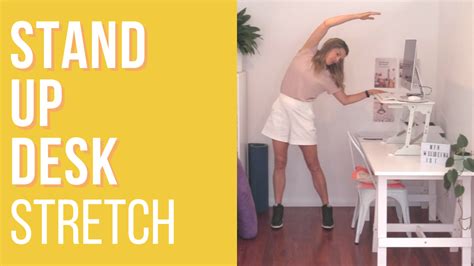
Conclusion
Lower back pain after sitting doesn’t have to be a permanent fixture in your life. By consistently incorporating these simple yet effective stretches into your daily routine, you can alleviate discomfort, improve flexibility, and enhance your overall spinal health. Remember to listen to your body, be patient, and seek professional medical advice if your pain is severe or persistent. Prioritizing movement and good posture will pave the way for a more comfortable and pain-free existence.
